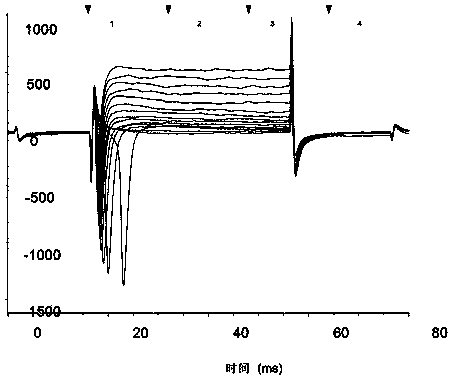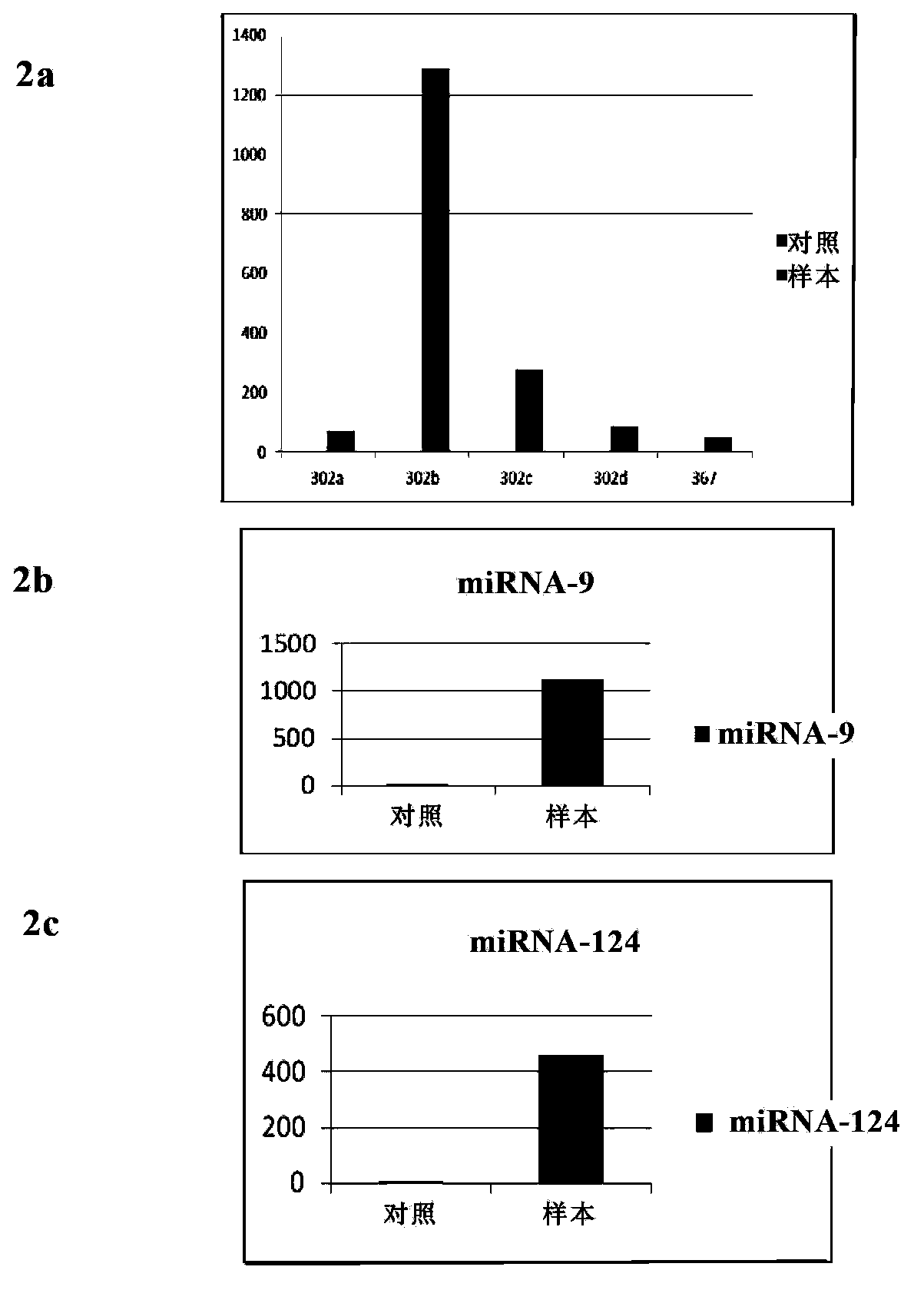Method for inducing transdifferentiation of fibroblasts into neuronal cells and application thereof
A technology of neuron cells and fibroblasts, applied in the fields of biotechnology and neurodevelopment, can solve problems such as cancer risk, low success rate, and time-consuming
- Summary
- Abstract
- Description
- Claims
- Application Information
AI Technical Summary
Problems solved by technology
Method used
Image
Examples
Embodiment 1
[0128] Obtaining and culturing primary skin fibroblasts
[0129] Under aseptic conditions in the operating room, fresh human skin tissue was cut, the epidermis and subcutaneous tissue were removed, washed repeatedly with saline, placed in DMEM / F12 culture medium containing double antibodies, and brought back to the intercellular space. Place the tissue block in a petri dish, rinse with PBS three times, cut the tissue block repeatedly with ophthalmic scissors to a suitable size, take the tissue block with tweezers and inoculate it on a 6 cm petri dish, leaving a distance of about 0.3-0.5 cm between the tissue blocks. Place in a 37°C incubator for 30 minutes to dry the cultured tissue pieces slightly. Take out the culture bottle from the incubator, gently inject 3ml of fibroblast culture medium (90%DMEM / F12, 10%FBS) into the bottom of the dish, let the culture medium slowly cover the small tissue pieces on the wall of the attached bottle, be careful not to Let the cell block fl...
Embodiment 2
[0132] Construction of miRNA-302 / 367 cluster expression vector and preparation of retrovirus
[0133] According to the sequence of miRNA-302 / 367 cluster, design two primers:
[0134] Forward primer 5'GCTCCCTTCAACTTTAACA3' (SEQ ID NO: 11)
[0135] Reverse primer 5'-CCATCACCATTGCTAAAGT 3' (SEQ ID NO: 12)
[0136] The above primer sequences were artificially synthesized by Yingwei Jieji Company.
[0137] Digest the skin fibroblasts obtained in Example 1 with 1ml trizol, add 0.2ml chloroform, mix well, centrifuge at 10000g for 15min, discard the water phase, add 0.3ml absolute ethanol, mix well, centrifuge at 2,000×g for 5min, discard Wash the DNA pellet with 0.1M sodium citrate containing 10% ethanol. Mix and let stand for 30min, centrifuge at 2,000×g for 5min, discard supernatant, wash twice with 75% ethanol, centrifuge at 2,000×g for 5min, discard supernatant, add 10μl 8mM NaOH to dissolve after drying, and then dilute with 90μl TE buffer.
[0138] The genomic DNA thus obta...
Embodiment 3
[0142] Construction of miRNA-9 and miRNA-124 expression vectors and preparation of retroviruses
[0143] The precursor sequence of miRNA-9 is synthesized, and the precursor sequence of miRNA-9 is shown as SEQ ID NO:2.
[0144] The precursor sequence of miRNA-124 was synthesized, and the precursor sequence of miRNA-124 is shown in SEQ ID NO:3.
[0145] Insert the precursor sequences of miRNA-9 and miRNA-124 into the lentivirus3 plasmid (using the H1 promoter and carrying the GFP reporter gene), and co-transfect the 293T cells with the expression plasmid lentivirus3 and the packaging plasmid (env vector and pacvector), and collect in 48 hours Cleared, concentrated by ultrafiltration for later use.
PUM
 Login to View More
Login to View More Abstract
Description
Claims
Application Information
 Login to View More
Login to View More - R&D
- Intellectual Property
- Life Sciences
- Materials
- Tech Scout
- Unparalleled Data Quality
- Higher Quality Content
- 60% Fewer Hallucinations
Browse by: Latest US Patents, China's latest patents, Technical Efficacy Thesaurus, Application Domain, Technology Topic, Popular Technical Reports.
© 2025 PatSnap. All rights reserved.Legal|Privacy policy|Modern Slavery Act Transparency Statement|Sitemap|About US| Contact US: help@patsnap.com



